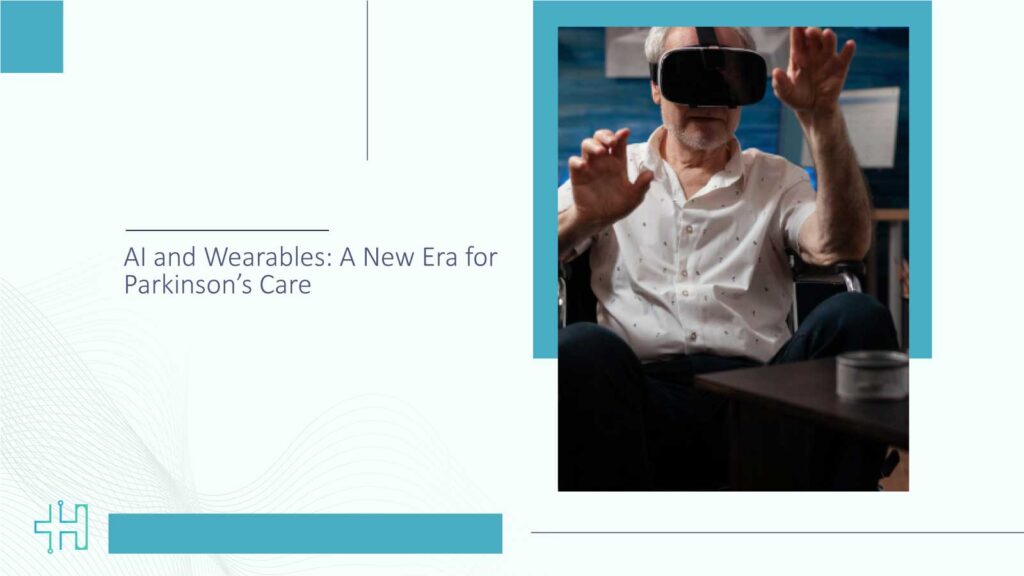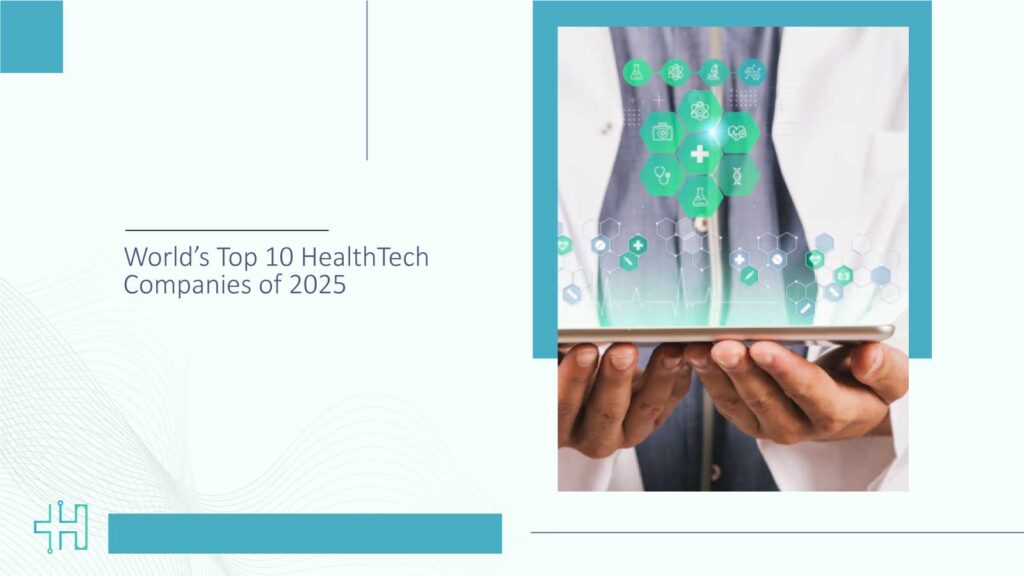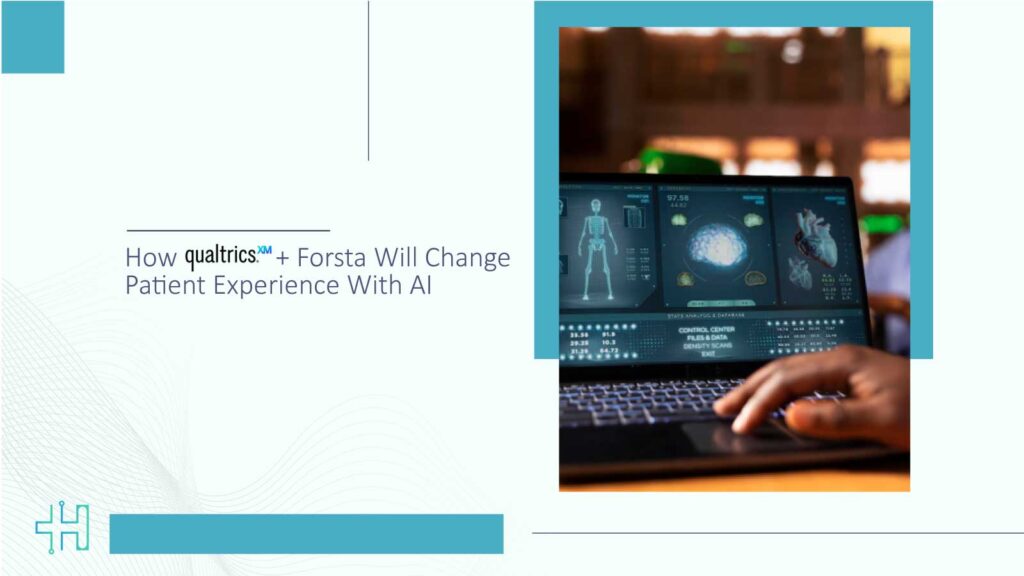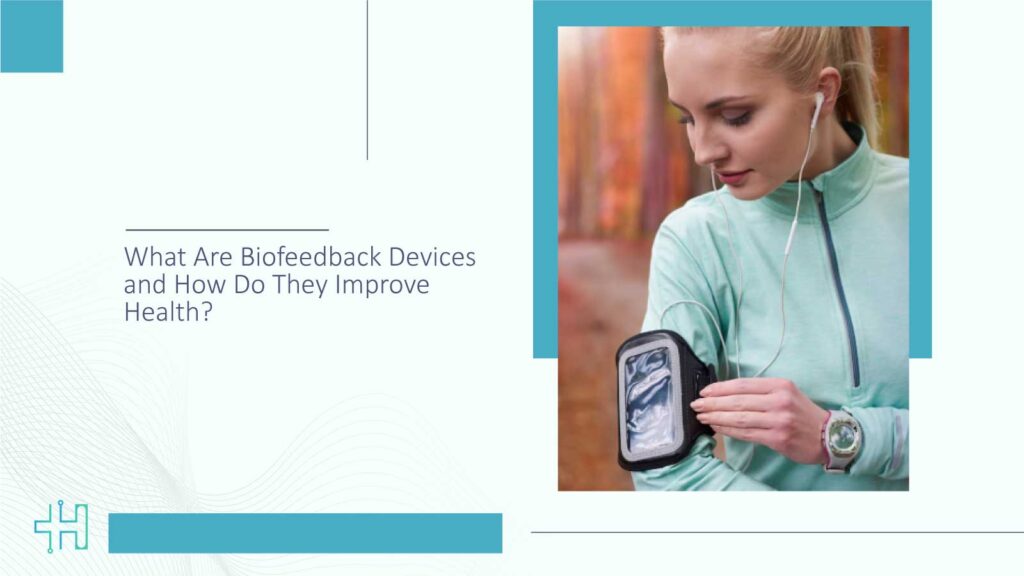If you’re still relying on generic ads and cold emails to reach healthcare decision-makers, you’re not just missing the mark; you’re missing the market. In today’s healthtech landscape, precision isn’t optional. It’s expected. Relevance always wins, and that starts with one thing: targeted outreach.
In this article, you’ll learn how targeted outreach helps med tech marketers reach the right people, build trust faster, and drive revenue without burning out teams or budgets. These seven benefits aren’t theory; they’re backed by data, case studies, and industry insight.
#1. It Puts You in Front of the Right Decision-Makers
Generic messaging wastes time. Targeted outreach saves it. Whether you’re selling remote monitoring tools, AI diagnostics, or next-gen wearables, your buyers are specific: hospital CIOs, procurement leads, or population health executives.
With intent data, firmographic filters, and platform signals, your outreach can now zero in on those exact people, no guesswork required.
A 2024 G2 study revealed that using behavioral intent signals tripled conversion rates across B2B healthcare campaigns.
#2. It Builds Trust Through Relevance
Outreach floods healthcare leaders daily. They ignore most of it. But they notice messages that align with their current priorities.
According to McKinsey, 68% of healthcare decision-makers trust vendors more when outreach is personalized to their role and goals. That trust creates a smoother path to conversation and conversion.
Real-world example: Teladoc Health saw a 44% increase in demo bookings after realigning outreach around buyer-specific pain points.
#3. It Delivers Higher-Quality Leads
Volume doesn’t close deals, quality does. You use targeted outreach to attract leads already researching or budgeting for solutions like yours. Not magic, but a matching message to the moment.
“It’s absolutely incredible how seamless, easy, and fast it is to deploy intent data in RollWorks. It’s not just an added layer, it’s a core component of our go‑to‑market strategy and ABM motions, and it plays a big role in the success we’re seeing,” stated Brandon Santos, Bombora’s Senior Digital Marketing Manager.
Why it’s ideal:
- It highlights how intent data is no longer merely an add-on but rather becomes essential to strategic outreach.
- Adds practical authority from a leader in the field.
- Draws attention to its direct connection to go-to-market success and ease of deployment.
#4. It Shortens the Sales Cycle
Starting conversations at the right depth accelerates the journey to close.
Instead of spending weeks educating a cold lead, your team engages someone already halfway through their decision process. Gartner reports that early-stage engagement with targeted content shortens B2B sales cycles by 23%.
As Jacob Lin, Enterprise Sales Director at a surgical robotics firm, put it: “When we know their pain and speak their language, we cut weeks from the deal timeline.”
Eight percent of sales teams convert intent-based leads more quickly. 82% of B2B marketers said their sales teams convert intent-based leads more quickly than regular ones, according to a Mixology Digital survey.
Why it matters: Intent signals help sales teams close deals faster and attract better leads.
#5. It Optimizes Your Budget for Impact
Healthtech marketing budgets aren’t bottomless. Every dollar counts, and in 2025, accountability isn’t just expected from finance; it’s demanded by the C-suite. That’s why targeted outreach has become a strategic budget-saver, not just a tactical shift.
Instead of casting wide nets across generic ad networks, smart med tech marketers are investing in data-driven outreach that speaks directly to buyers’ needs, roles, and moments of intent. You’re no longer guessing, you’re prioritizing.
According to the 2025 Demand Gen Report, 72% of B2B CMOs are now actively redirecting their budgets from traditional ad campaigns to AI-enabled, precision targeting strategies. Why? Because these tactics work, and they scale. Role-aligned messaging doesn’t just increase engagement; it minimizes waste.
The takeaway is clear: When you target better, you spend smarter. That doesn’t just stretch your budget, it magnifies your impact.
#6. It Enables Personalization at Scale
Automation tools like Apollo, HubSpot, and 6sense now allow for deep personalization without increasing workload.
A remote diagnostics startup set up workflows that sent follow-up messages based on which product pages a hospital IT lead visited. Within weeks, their email open rates jumped 2.5 times.
Personalized outreach isn’t about writing 1,000 custom emails. It’s about designing workflows that feel human, even when automated.
According to Gartner research, firms that use intent-driven tactics saw a 78% increase in conversion rates and a 3 times reduction in sales cycles.
Why it matters: This demonstrates that switching from broad marketing to behavior-driven, customized outreach dramatically increases both velocity and efficiency.
#7. It Generates Strategic Market Insight
Here’s the hidden gem: targeted outreach doesn’t just generate leads, it generates data.
Which messages land? What do CTAs perform? What regions are warming up to AI imaging or robotic surgery? This feedback loop informs your content strategy, product development, and sales playbooks.
Salesforce’s 2024 marketing insights found that teams using behavior-driven targeting adapt 35% faster to buyer trends than those using static messaging.
Conversion rates are 78% higher among companies that adopt intent-driven strategies, and sales cycles are reduced by over 3 times, according to Gartner research.
Why it matters: This shows a dramatic uplift in both velocity and efficiency when you move from broad messaging to behavior-driven, targeted outreach.
Precision Over Noise, Your Competitive Edge Starts Here
The future of med tech marketing belongs to those who lead with purpose, not volume. In a field where every message must navigate compliance, credibility, and compassion, targeted outreach isn’t a tactic; it’s your most strategic advantage.
We’ve seen how personalized, intent-led engagement builds trust faster, sharpens your pipeline, cuts sales cycles, and delivers market intelligence that lifts your entire GTM motion. The numbers support it. The leaders embrace it. And the tools to execute are more accessible than ever.
If you’re in healthtech and still casting wide nets, now is the time to pivot. Because in 2025 and beyond, the companies that know exactly who they’re talking to, and why, will always win.
Start smarter. Connect deeper. Grow faster.
FAQs
1. What exactly is targeted outreach in med tech marketing?
It’s the practice of using data to engage specific healthcare decision-makers with role-relevant, behavior-driven messaging.
2. How is targeted outreach different from regular email marketing?
Regular email marketing is broad. Marketers focus targeted outreach, personalize it, and align it to buyer intent.
3. Can small med tech companies benefit from targeted outreach?
Yes. Targeted outreach helps smaller teams compete more effectively by focusing resources on high-intent accounts.
4. What tools support effective targeted outreach?
Platforms like Apollo, HubSpot, and 6sense help automate personalized outreach using firmographic and behavioral data.
5. Is targeted outreach time-consuming?
Not if set up well. With the right tools, workflows run in the background while your team focuses on closing deals.
Dive deeper into the future of healthcare.
Keep reading on Health Technology Insights.
To participate in our interviews, please write to our HealthTech Media Room at sudipto@intentamplify.com








